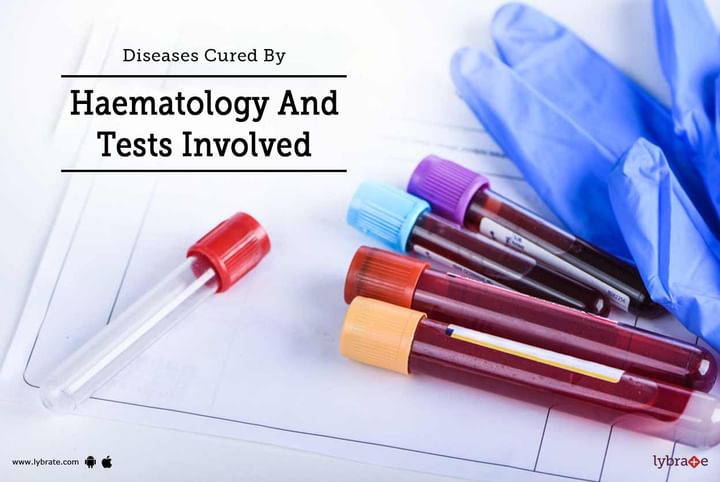Diseases Cured By Haematology And Tests Involved
The study of blood and blood vessels is known as haematology. Doctors or scientists who study blood, in general, are known as haematologists. They are the ones who focus on blood health and blood disorders. The blood is composed of white blood cells (WBCs), red blood cells(RBCs) and platelets. Some of the organs that helps in transporting blood to other parts of the body include the blood vessels, lymph nodes, bone marrow and spleen. Proteins too actively participate in clotting and bleeding.
Diseases Treated by Haematology
Haematology treats an array of diseases including, but not limited to, the following:
- Anaemia due to deficiency of iron, trauma related problems, sickle cell etc.
- Myelofibrosis
- Excessive production of RBC
- Multiple myeloma
- Bone marrow and stem cell transportation
- Platelet-related disorder such as Von Willebrand disease, idiopathic thrombocytopenic purpura, haemophilia etc.
- Haemoglobinopathies condition such as the sickle cell disease and thalassemia
- Leukaemia
- Malignant lymphomas
- Blood transfusion
- Myelodysplastic syndromes
Common tests involved in haematology
- Blood count- This test is done to get an idea about the total number of platelets, red blood cells, and white blood cells.
- Blood film- In this test, blood is stained with specific dyes and placed under a microscope to view the size, shape and the total number of blood cells. It also reveals any abnormalities that may be present in the blood. Staining can flag red blood cells that are deformed in nature. It can further flag conditions such as microfiliariasis, malaria and toxoplasmosis.
- Blood test – It is done to assess granulocytosis and storage diseases. Bone marrow examination can also be done through blood tests. .
- Blood work - Assessment of immature platelets, evaluation of erythrocyte sedimentation rate (ESR) and spleen biopsycan be carried out with blood work.
- Tests such as serum ferritin, folate levels, and vitamin B12 can reveal the iron status of a person.
- Certain tests such as the antiglobulin or Coombs' can be done before blood matching or blood typing is done.
- Prothrombin – This test is used to find out platelet function.
- A test known as the diascopy is performed to find out whether a lesion is haemorrhagic, vascular or non-vascular
- Immunocytochemical technique, a type of blood technique, is used to conduct antigen detection.
- Haematology testsare used for assessinghaemophagocytic syndrome.
- Karyotyping is done to detect any disorder of the chromosome.
- Fine needle aspiration cytology(FNAC) is a diagnostic method used to detect tumour.
In case you have a concern or query you can always consult an expert & get answers to your questions!



+1.svg)
